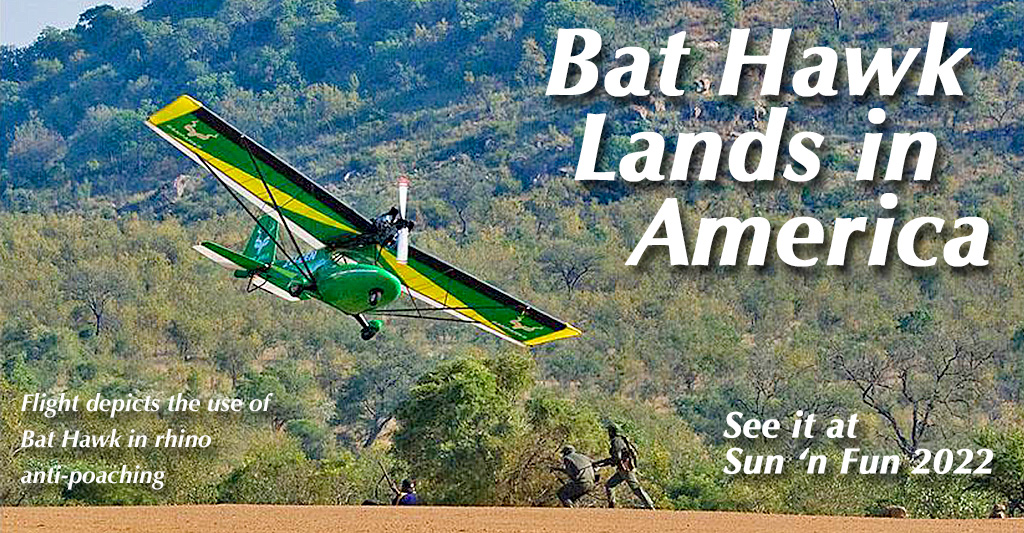
It’s always exciting to welcome a new entry into recreational aviation. Two Bat Hawks are presently inside the USA and will be debuted at Sun ‘n Fun 2022. Bat Hawk is a well-established, conventional microlight-style light aircraft powered by a Rotax 912 that helps it provide “sensational” performance. “We now have two planes in the country,” said importer and representative Gary Saitowitz, “and we just received our FAA Special Airworthiness Certificate at the end of 2021.” At this time, Bat Hawk is not a Special LSA. As they get started with the new-to-Americans model, both are registered Experimental Exhibition. After Bathawk Aircraft USA can gauge market interest, they may pursue another level of FAA approval. LSA with a Purpose “Like a bat outta…” in this case, South Africa not that hotter place. Kidding aside, Bat Hawk is positioning itself as a very capable workhorse. Their website shows a great many activities for which this aircraft is being used, perhaps most notably, as a workhorse for rhino anti-poaching actions.


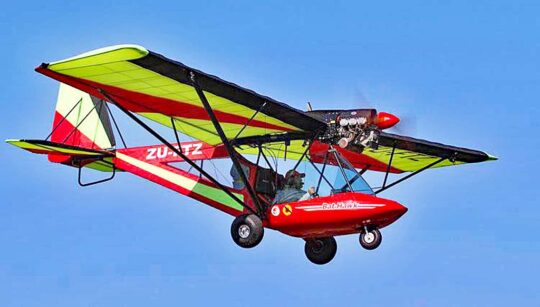 Bat Hawk is a well-established, conventional microlight-style light aircraft powered by a Rotax 912 that helps it provide "sensational" performance.
Bat Hawk is a well-established, conventional microlight-style light aircraft powered by a Rotax 912 that helps it provide "sensational" performance.
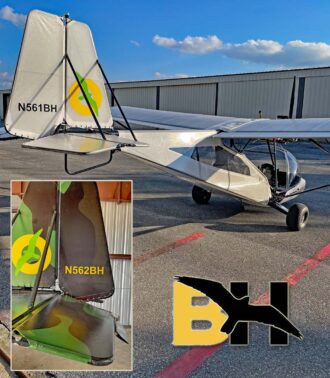 Such working duties should not surprise anyone since
Such working duties should not surprise anyone since 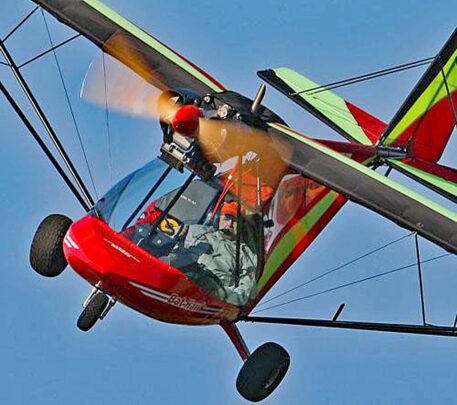 Bat Hawk's engine and prop are mounted in a tractor position at wing level. Its tailplane is conventional in location and layout. Tricycle gear has a steerable nose-wheel. Bat Hawk's wing is strut- and lift-wire braced. Once common, wire bracing has largely disappeared from fixed wing but it remains a very strong configuration.
Bat Hawk's wing is built around two larger aluminum tubes forming the spars, one at the leading edge and one at the rear edge of the wing as is very common of aircraft with this construction. Sewn Dacron sailcloth covers all wing and tail surfaces plus the aft cockpit fairing.
Bat Hawk uses full-span flaperons attached to the rear spar; flaperons work independently as ailerons and together as flaps. There is no flap position indicator but approximate settings can be determined from the flap selector angle. Maximum flap movement is restricted by a limit stop mounted on the flap lever quadrant.
Bat Hawk's engine and prop are mounted in a tractor position at wing level. Its tailplane is conventional in location and layout. Tricycle gear has a steerable nose-wheel. Bat Hawk's wing is strut- and lift-wire braced. Once common, wire bracing has largely disappeared from fixed wing but it remains a very strong configuration.
Bat Hawk's wing is built around two larger aluminum tubes forming the spars, one at the leading edge and one at the rear edge of the wing as is very common of aircraft with this construction. Sewn Dacron sailcloth covers all wing and tail surfaces plus the aft cockpit fairing.
Bat Hawk uses full-span flaperons attached to the rear spar; flaperons work independently as ailerons and together as flaps. There is no flap position indicator but approximate settings can be determined from the flap selector angle. Maximum flap movement is restricted by a limit stop mounted on the flap lever quadrant.
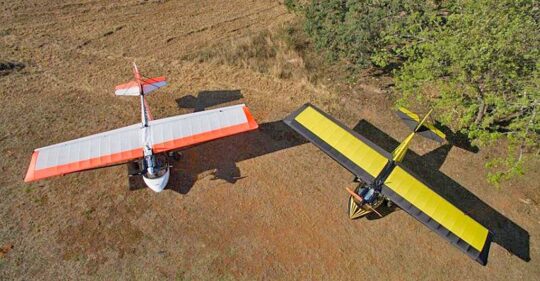 Side by side seating offers full dual control based on a center stick that no doubt makes entry a bit easier. Bat Hawk's rudder is actuated by cables running from the pedals. Ailerons are controlled by cables from a torque tube connected to the central control stick, which has a built-in control stop. The elevator is actuated by a push/pull cable attached directly to the control stick with built-in stops.
Manufacturer Micro Aviation said a wide track undercarriage has the main wheels supported by an inverted ‘V’ shaped glass fiber that provides suspension. Bat Hawk's nose wheel is supported by two hydraulic shock absorbers that "allows Bat Hawk to operate on rough terrain." Black Max disc brakes are actuated using a hand lever on the control stick. Differential braking is not available.
Side by side seating offers full dual control based on a center stick that no doubt makes entry a bit easier. Bat Hawk's rudder is actuated by cables running from the pedals. Ailerons are controlled by cables from a torque tube connected to the central control stick, which has a built-in control stop. The elevator is actuated by a push/pull cable attached directly to the control stick with built-in stops.
Manufacturer Micro Aviation said a wide track undercarriage has the main wheels supported by an inverted ‘V’ shaped glass fiber that provides suspension. Bat Hawk's nose wheel is supported by two hydraulic shock absorbers that "allows Bat Hawk to operate on rough terrain." Black Max disc brakes are actuated using a hand lever on the control stick. Differential braking is not available.
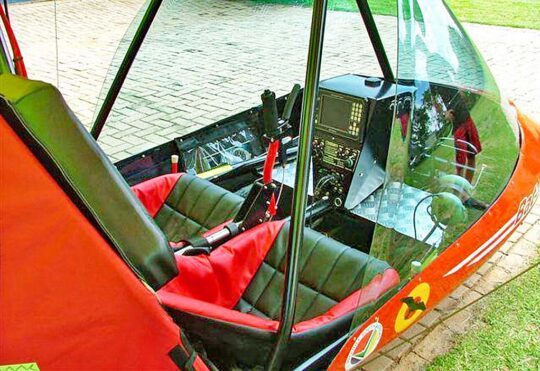 Instrumentation is provided by an also South African MGL EMS (sold and serviced in America by
Instrumentation is provided by an also South African MGL EMS (sold and serviced in America by 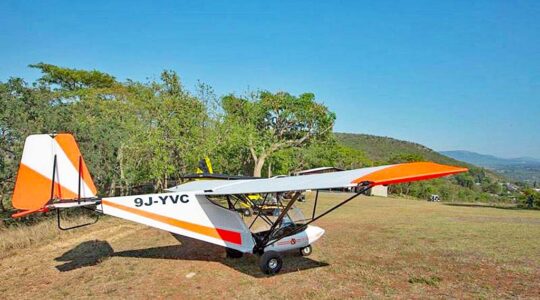 For more info, Bathawk in America is finishing their new website, so email importer,
For more info, Bathawk in America is finishing their new website, so email importer,